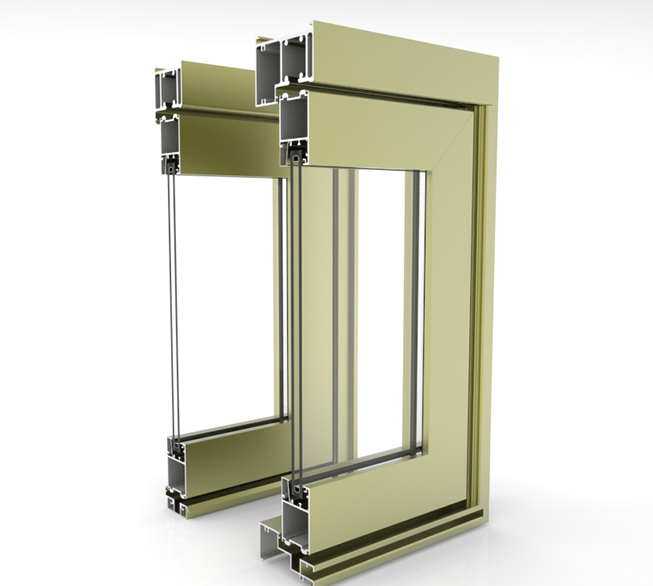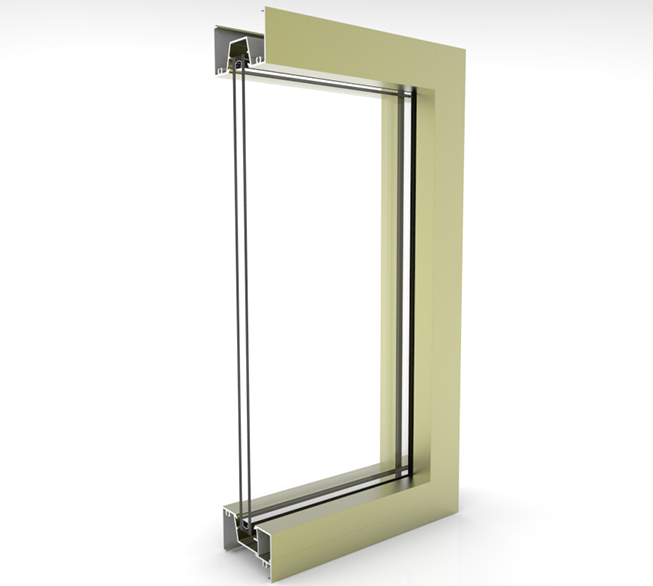In the ever-evolving realm of architecture, the marriage of form and function takes center stage. One of the transformative players in this dynamic landscape is the innovative concept of panel facade architecture. This fusion of aesthetic brilliance and structural functionality is redefining the way we perceive and interact with buildings. Let's delve into the depths of this architectural marvel, exploring its functionality and the impact it has on modern urban environments.
The Artistry of Form: Aesthetic Appeal
At the heart of panel facade architecture lies a commitment to elevating the aesthetic appeal of buildings. Panels, crafted from a variety of materials such as glass, metal, or composite materials, serve as canvases for architects to express their creative visions. The smooth lines, geometric patterns, and textured surfaces of these panels contribute to the visual identity of structures, turning them into works of art that interact harmoniously with their surroundings.
The Engine of Function: Integrating Performance
Beyond its visual allure, panel facade architecture is a testament to thoughtful design and engineering. The functionality of these panels extends far beyond their role as decorative elements. They act as a protective shield, providing insulation against external elements and contributing to the overall energy efficiency of buildings. The integration of high-performance materials ensures durability and resilience, standing up to the rigors of changing weather conditions.
Adapting to Context: Environmental Responsiveness
One of the defining features of panel facade architecture is its ability to respond dynamically to the environment. The functionality of these panels goes beyond static design, incorporating elements that adapt to climatic conditions. For instance, some panels are equipped with smart technologies that adjust their transparency based on sunlight, optimizing natural light intake and reducing the need for artificial lighting. This environmental responsiveness is a key aspect of modern sustainable architecture.
Beyond Ornamentation: Functional Versatility
Panel facade architecture isn't merely an ornamental addition; it's a versatile tool that serves various functional purposes. From providing shading solutions that enhance comfort within buildings to acting as sound insulators that mitigate external noise, these panels wear multiple hats. The functionality extends to their role in regulating temperature, controlling glare, and even supporting renewable energy systems, making them integral components of a building's overall performance.
The Future Landscape: Innovations in Panel Facade Architecture
As we look to the future, innovations in panel facade architecture continue to push the boundaries of what's possible. Advancements in materials science, coupled with the integration of smart technologies, promise even greater functionality. Imagine facades that not only adapt to sunlight but also generate energy through embedded solar cells or panels that actively purify the air. The future holds a tapestry of possibilities, where panel facade architecture becomes a dynamic and interactive part of our urban environments.
In conclusion, exploring the functionality of panel facade architecture unveils a world where form and function converge seamlessly. This architectural approach transcends the traditional boundaries of design, offering buildings that are not just visually striking but also highly efficient and responsive to their surroundings. As we continue to witness innovations in materials, technologies, and sustainable practices, panel facade architecture stands as a testament to the endless possibilities that arise when aesthetics and functionality dance in harmony. The urban landscapes of tomorrow will be shaped by the transformative impact of panel facade architecture, where every building tells a story of creativity, resilience, and environmental responsibility.





